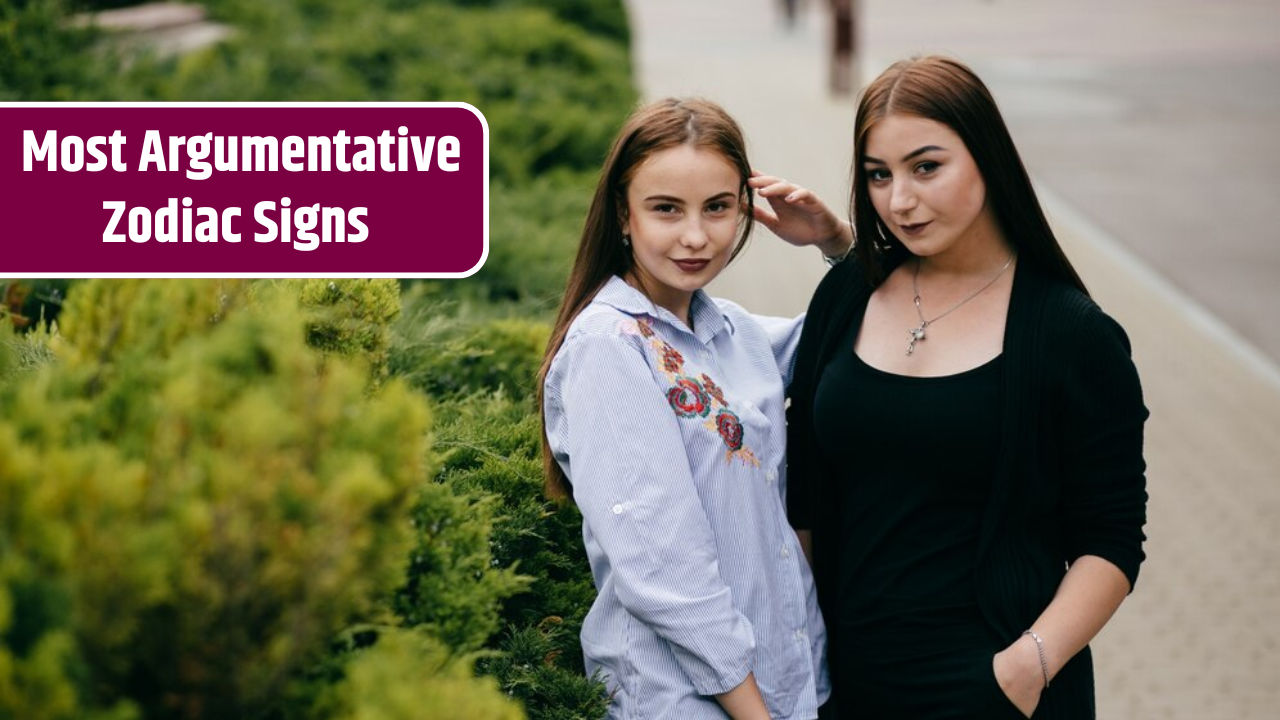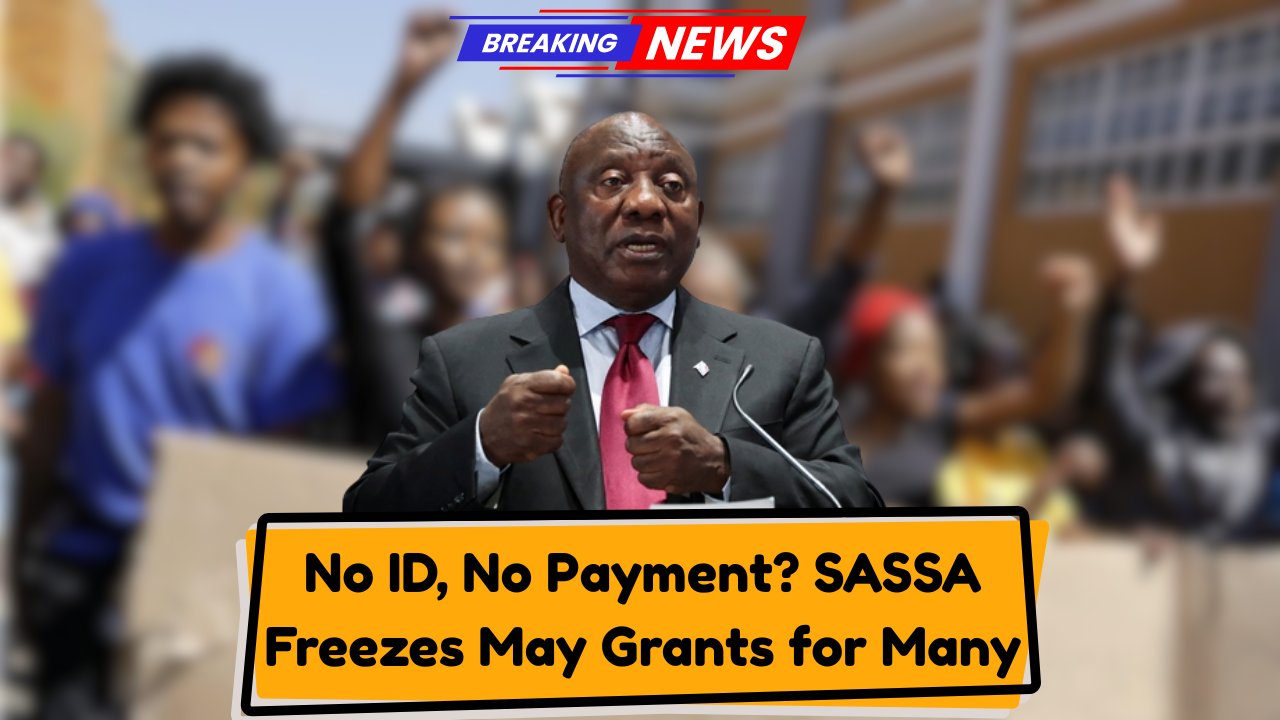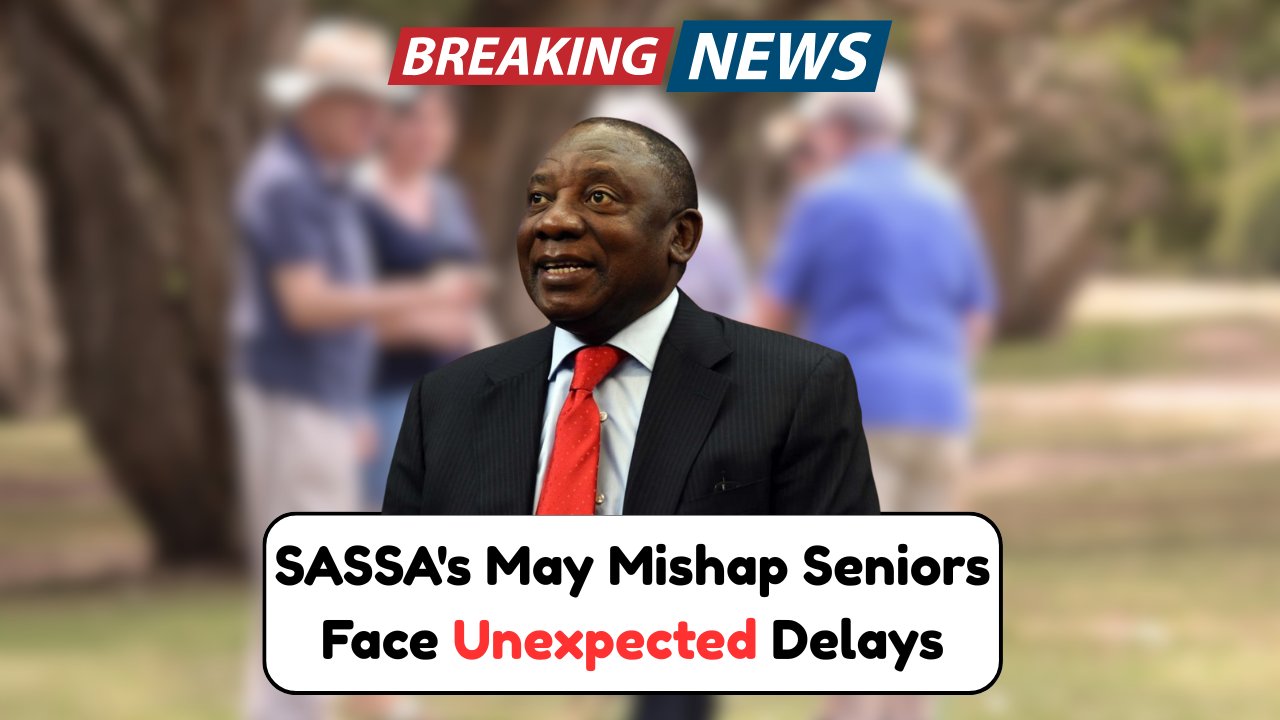Top 3 Most Argumentative Zodiac Signs
We all know someone who loves to debate, challenge ideas, or stand their ground no matter the topic. While some people shy away from conflict, others thrive in discussions and aren’t afraid to speak their minds. Astrology suggests that certain zodiac signs are naturally more argumentative than others, driven by their innate passion, intellect, or … Read more










